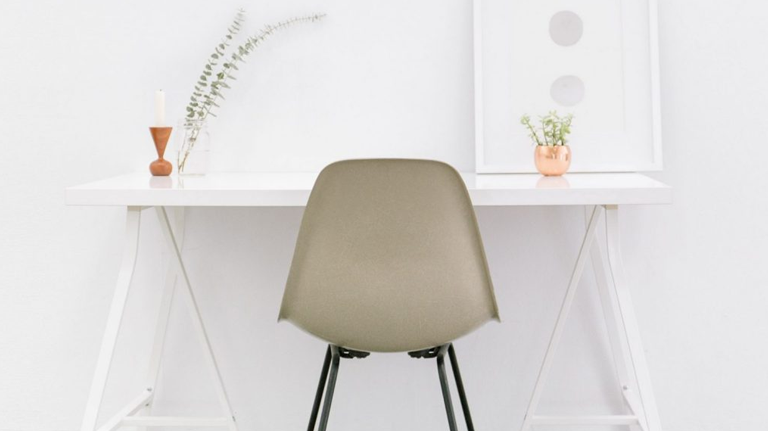
Declutter your Home
Enough was enough.
My hoarding tenancies had been discussed numerous times in therapy and after a stern talking to myself, I decided to tackle the issue once and for all.
I read a vast number of blog posts and web articles for inspiration.
I decided that 2018 was the year to take practical steps to conquer intentional de-cluttering.
If hoarding is a problem and de-cluttering is your goal, here are the things that I found most useful:
1. Prepare for the occasion.
Set aside some time to take action.
Purchase storage containers, bin bags and cardboard boxes.
Understand that it’s likely to be a challenging task.
Take photos when it’s at it’s worst.
2. Create an inventory of mini projects.
Visit each room of your house and record a list of every small de-cluttering project you can identify.
Number the items on your list and know how many overall de-cluttering projects you have.
(Don’t worry if the number feels huge).
Type up and print out your list.
Have a writing pen and high-lighter at the ready.
3. Understand the de-cluttering categories.
Bin – because it’s totally unusable.
Charity – because I no longer need it but someone else could.
Sell – because it’s in good condition and I can recoup some of the value.
Store – because I am not sure I can part with it yet.
Keep – because it serves a viable purpose in my life.
4. Start with the easiest mini-projects first.
Choose something to de-clutter that you are ready to tackle.
Choose something that you excited to sort out.
Choose something you know you can achieve in a relatively short amount of time.
This will build a sense of accomplishment and fuel your motivation.
5. Strike completed projects off the list immediately.
Run your highlighter pen over the item on the list, as soon as you have completed it.
Use your writing pen to make notes of any additional actions:
E.g. buy dividers to better organise the file or replace the broken wash basket or ask Dad if he would like our spare shovel etc.
Take additional photos of completed spaces. Track your progress visually.
6. Have a de-cluttering buddy.
This is someone who can motivate you when times get tough.
Your partner, a friend you can message, a hoarding support group or a therapist.
You are likely to ‘hit the wall’ on more than one occasion.
You will strike the easy projects off the list and then encounter challenges that feel much harder.
Communicate with your buddy for support and motivation when this happens.
7. See the process as a first phase.
Go through your list once (however long that takes) and just do what you can.
Strive to then repeat the process, becoming more ruthless each time.
8. Time Allocations
Don’t over do it. It can be exhausting.
Don’t allow it to run on; give overall deadlines to projects, rooms and the entire de-cluttering mission.
9. Have holding spaces.
This was essential for my success.
I could place things into a ‘holding container’ but I couldn’t necessarily throw certain things out.
If I had a strong emotional attachment to something, it could feel impossible to let go of.
Okay, so I used the concept of moving it to another place e.g. a designated storage box.
This didn’t necessarily mean it would be permanently removed but it gave me an opportunity to reconsider life without it. With it out of the way I could ask myself if I really wanted it back.
This provided a totally different reflection compared to ‘Can I let it go?’
With things I still wasn’t sure about, I decided to keep them in the holding spaces and then reevaluate them at a later stage.
10. Be patient with yourself.
If you have accumulated and hoarded your belongings for a number of years, this won’t be an overnight success.
Be prepared to allocate a sensible period of time to completing the task, relevant to the size of the hoard and the degree of attachment 3 months / 6 months / 12 months.


